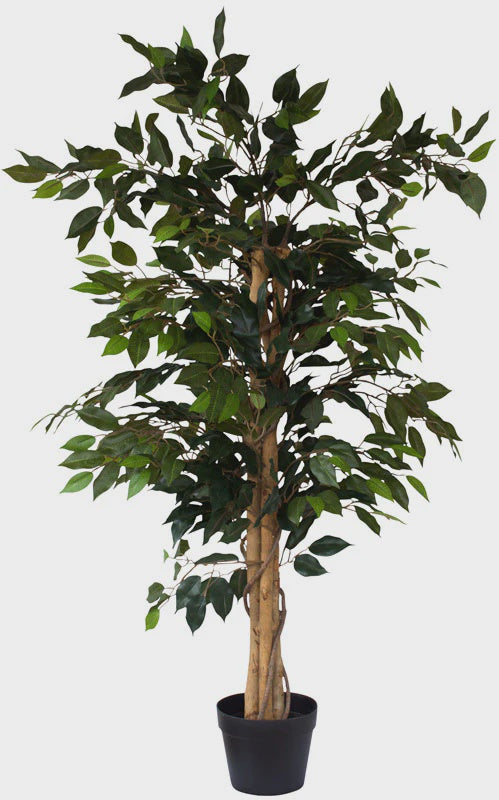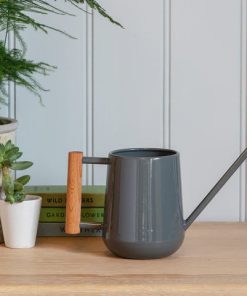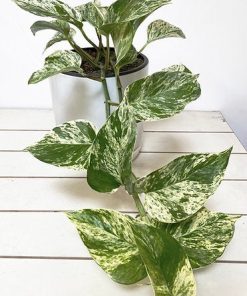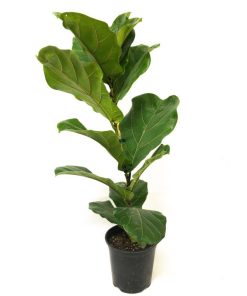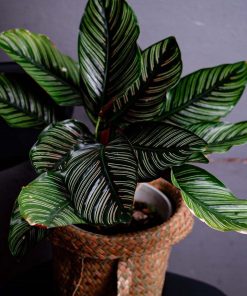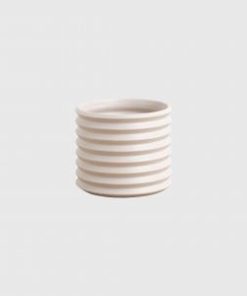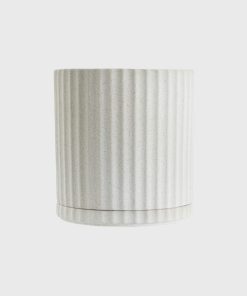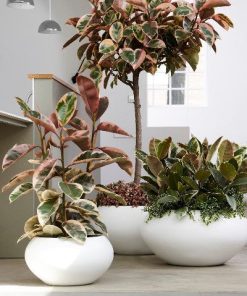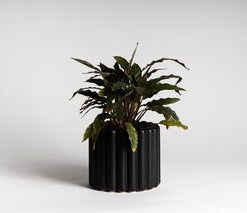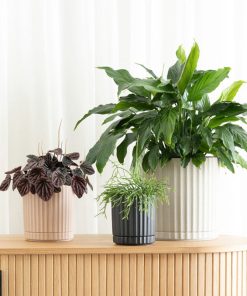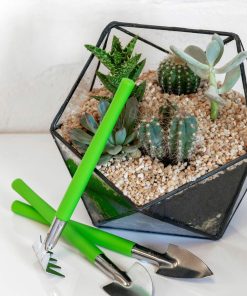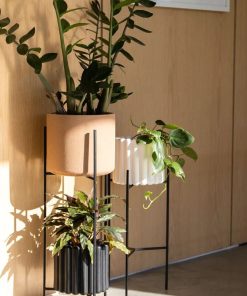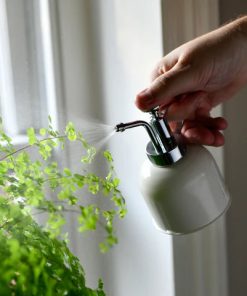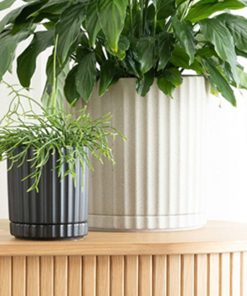Ficus Evergreen 25cm Becks Nursery
$ 149,90 $ 59,96
*Unfortunately we are not able to ship nationwide – local Taupo 3330 delivery or click & collect only.
Image is indicative only, not of actual plant.
Weeping fig (Ficus benjamina’s common name is known as the ficus tree) grows as a large broadleaf evergreen tree in tropical and subtropical climates, but it is more often grown as a houseplant in homes, offices, and featured in interior commercial landscaping.
The ficus tree is known for its longevity, living between 20 to 50 years.
This elegant plant has slender branches that arch gracefully from a light gray trunk, with dense, glossy dark leaves. When the Ficus benjamina tree is grown indoors, the plants are normally pruned to keep them about 3 feet to 6 feet tall, and their trunks are sometimes braided for decorative appeal. It is a fast grower and may need to be repotted up to once per year, but do so in the early spring for best results.
Weeping fig is toxic to humans and pets.
The weeping fig needs a bright room with plenty of indirect sunlight, and perhaps even a little direct sun in the morning. In its native habitat, it is often grown in semi-shady conditions, but indoors it needs good light to thrive. You must find a good, bright spot for it and keep it there. Note that this plant has a high intolerance for being moved, even if it is to find better lighting conditions, so it’s best not to experiment with trying to find the right spot.
Ficus trees do best with nighttime temperatures between 65 and 70 degrees Fahrenheit and daytime temperatures between 75 and 85 degrees Fahrenheit. Consider setting your thermostat to regulate temperature fluctuations in your home. In the summertime, do not use heavy air conditioning, since weeping figs will suffer if the indoor temperature drops below 70 degrees Fahrenheit.
As tropical natives, weeping figs prefer high humidity. Low relative humidity can result in leaves that are dry and shriveled up.3 Consider using a humidifier to regulate humidity levels in your home. Keep the soil moist around the base of your tree and mist the tree’s leaves occasionally to prevent them from drying out.
Fast Shipping and Professional Packaging
Our long-standing partnership with UPS FedEx DHL and other international carriers lets us offer an array of shipping services. Our warehouse staff is highly educated and will package the items according to the exact and precise specifications. Prior to shipping the goods are carefully inspected and secured. We ship to thousands customers every day across multiple countries. This is a sign of our dedication to being the largest online retailer worldwide. Both Europe and the USA have warehouses and distribution centres.
Note: Orders with multiple items will have a different processing time for each item.
We will carefully examine all items before sending. The majority of orders are shipped within 48 hours. The delivery time is estimated to be between 3 and seven days.
Returns
The stock market is always changing. It is not managed entirely by us, as we have multiple entities, including the factory and our storage. The levels of stock can change at any given time. It is possible that you will not receive your purchase after the order has been made.
Our policy is for 30 days. If you don't receive your product within 30 days, we're not able to provide the option of a refund or exchange.
The item must not be used and in the original packaging. It must also be returned in the original packaging.
Related products
Plants & Planters
Plants & Planters
Plants & Planters
Plants & Planters
Plants & Planters
Plants & Planters
Plants & Planters
Plants & Planters
Plants & Planters
Plants & Planters
Plants & Planters
Plants & Planters
Plants & Planters
Plants & Planters
Plants & Planters
Plants & Planters
Plants & Planters
Plants & Planters
Plants & Planters
Plants & Planters
Plants & Planters
Plants & Planters
Plants & Planters
Plants & Planters
Plants & Planters
Plants & Planters
Plants & Planters
Plants & Planters
Plants & Planters
Plants & Planters
Plants & Planters
Plants & Planters
